Our favourite places to stay on this sleepy Cebu island.
14 Haunted Places in the Philippines & the Stories Behind These
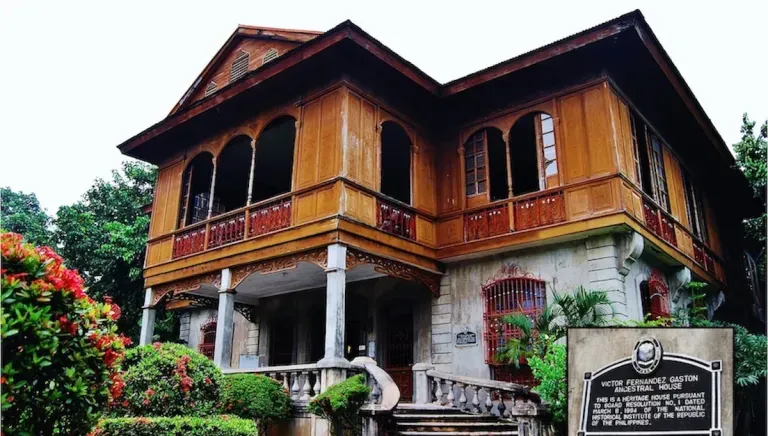
As we’re down to the final days of the month, you all know what that means: the culmination of ‘Spooktober’ that is Halloween! But since we can’t go out and celebrate this year (for very obvious reasons) — how about a bit of vicarious travelling to some of the ?
From haunted houses to mystery-shrouded destinations, we’ve rounded up the creepiest spots around the archipelago. Arranged from north to south, this list also includes the chilling tales surrounding these locations. (Fair warning: you might want to read this article in broad daylight.) Equal parts creepy and fascinating, these stories will definitely inspire brave souls to bookmark these spooky spots for future trips!
Also read: Real Life Creepy Encounters While Travelling
14 Scariest places in the Philippines
1. Echo Valley – Sagada, Mountain Province
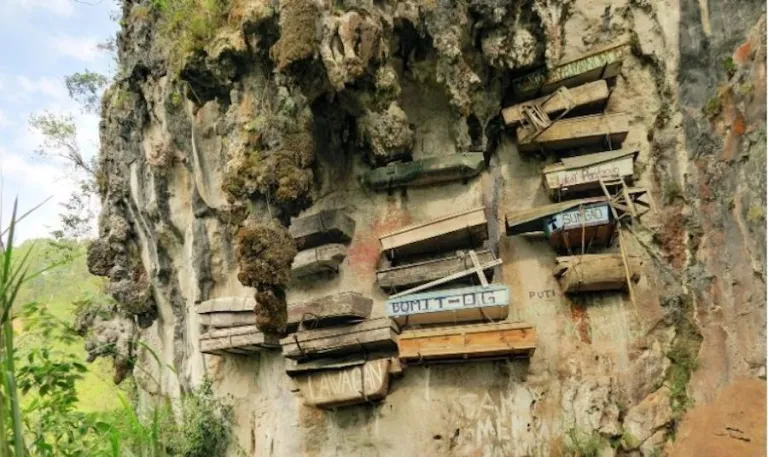
Within the past few years, Sagada has become a popular destination for adventure and soul-searching, mostly thanks to a certain local rom-com. But beyond the mountain peaks and other natural landscapes, there’s one that stands out for its eerie quality: the Hanging Coffins of Echo Valley. Some of these are over 2,000 years old, while others are relatively new!
This is part of an Igorot burial tradition wherein coffins are hung either inside the caves or on the face of the cliffs instead of underground. It’s rooted in the belief that the higher the dead are placed, the greater chance of their spirits attaining a higher nature in the afterlife. Echo Valley has also been dubbed as one of the spookiest destinations in the world, alongside Valley of the King in Egypt and the Gates of Hell in Turkmenistan.
2. Laperal White House – Baguio City
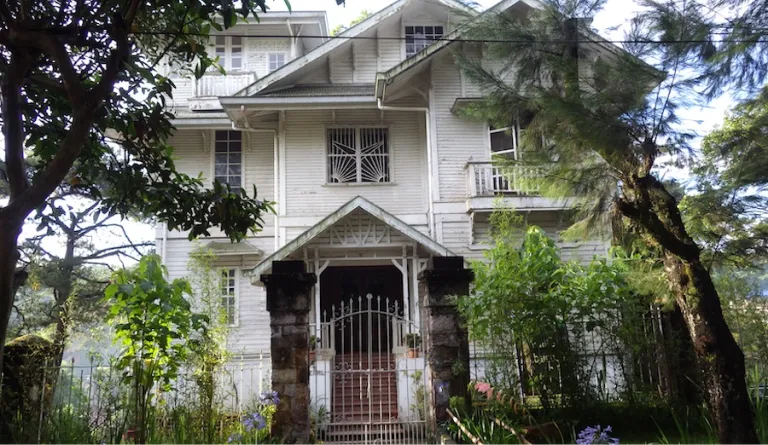
One look and it’s easy to see why Laperal White House is known for being one of the . Built in the 1920s, this Victorian-style manor looks straight out of an Alfred Hitchcock film. It was initially owned by the wealthy Laperal clan, before being overtaken by Japanese soldiers during World War II. There, they reportedly tortured and killed those accused of being spies for the Americans. Rumour also has it that some of the Laperals died at the hands of the Japanese.
Fast forward to present day, Laperal White House is now the venue for the Philippine Bamboo Foundation’s Ifugao Bamboo Carvings Exhibit. Still, its longtime caretakers claim to see apparitions of a woman in white and a little girl.
3. Diplomat Hotel – Baguio City
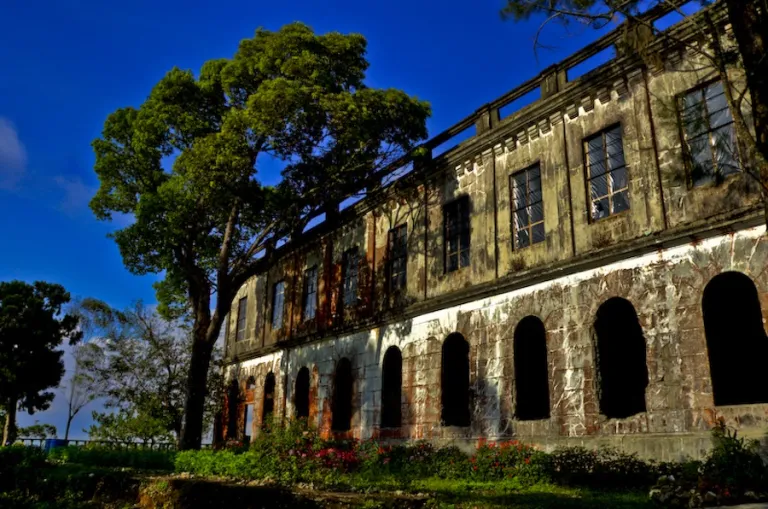
Up on Dominican Hill, there lies the infamous Diplomat Hotel. It was originally built as a retreat house on the 17-hectare property before becoming a refuge during World War II. And as you might have guessed, yes, this place also witnessed atrocities caused by the Japanese Imperial Army back then. In 1973, it was acquired by entrepreneur and faith healer Antonio Agapito Agpaoa, who turned it into a 33-bedroom hotel.
During the hotel’s heyday, there have been several accounts from employees and guests claiming that they saw headless apparitions and heard eerie sounds at night. When Agpaoa died in 1987, the hotel ceased operations and was therefore abandoned. Now, aside from being one of the , the Diplomat Hotel is also a protected historical property.
Also read: 7 Haunted Hotels in the Philippines for a Spooky Staycation
4. Clark Air Base Hospital – Mabalacat, Pampanga
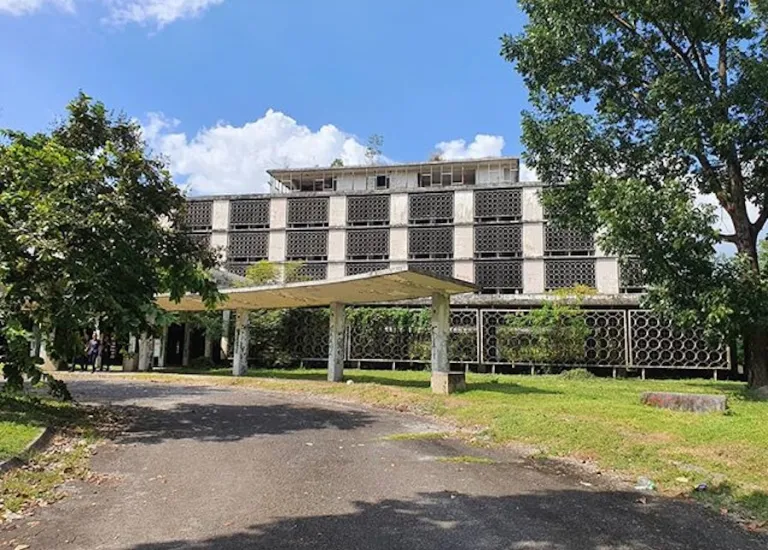
If we’re being honest, hospitals are generally unsettling at best and scary at worst. So, what more with abandoned hospitals, right? Case in point: Clark Air Base Hospital, which served as an asylum for wounded and/or dying American soldiers during World War II and even the Vietnam War. In 2009, it was featured on the popular TV show Ghost Hunters International, as well as on a National Geographic documentary in 2013. Both locals and supernatural experts claim that the place is filled with paranormal activities.
5. Malinta Tunnel – Corregidor Island
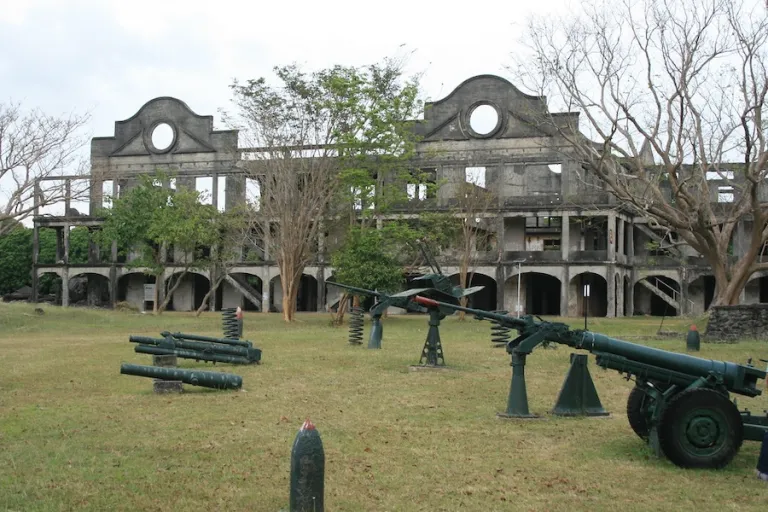
Corregidor Island is situated on the south of Bataan and 48km off the coast of Manila Bay. Due to its strategic location, it served as the first line of defense against attacks on Manila — especially during World War II. Given that it was one of the main battlefields, best believe there are a lot of ghost stories surrounding this now abandoned fort.
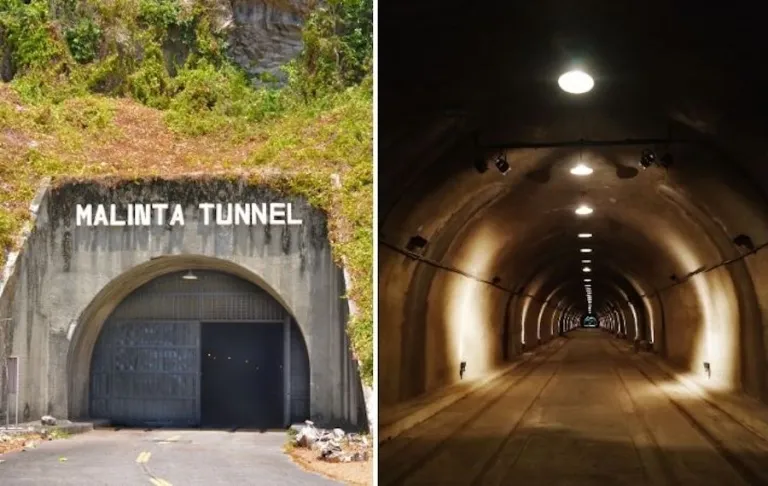
The most iconic Corregidor tales would probably be the ones revolving around Malinta Tunnel. During the war, it was initially used as a bomb-proof headquarters of the U.S. Army, housing both command communications and medical units. Later on, there have been claims of shadows, unexplainable noises, and sudden temperature changes occurring in this spot where a lot of soldiers died.
P.S. — If you’re feeling extra gutsy, you can spend a night at the Corregidor Inn… at your own sanity. (Hey, don’t blame us if you end up not being able to sleep well!)
6. Malacañan Palace – Manila City
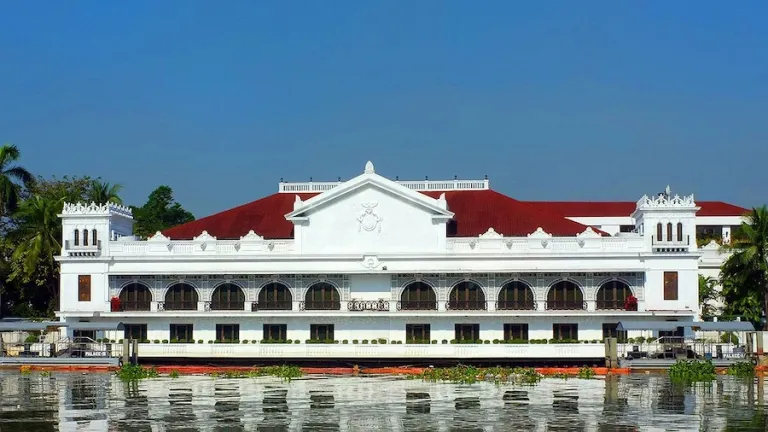
Built in 1750 during the Spanish colonial period, it goes without saying that Malacañan Palace has seen a lot over the centuries. During the Spanish and American eras, it served as the residence of whoever was the government executive assigned to the colony. Now, it’s clearly the official residence and principal workplace of the President of the Philippines… as well as the ‘country’s top haunted house.’
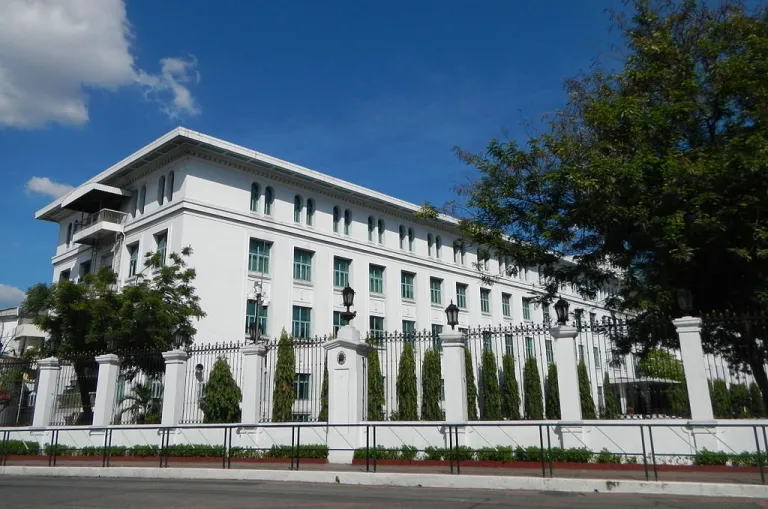
Many ghosts are believed to have been spotted roaming among the vast halls of Malacañan. These phantasms range from deceased presidential aides to former presidents themselves. There have also been stories of a black lady seen from a window of the Mabini Hall late at night, as well as a kapre named “Mr. Brown” living in the centuries-old balete tree.
Also read: The Dungeon of Fort Santiago Is Now Open to the Public
7. Manila Film Center, CCP Complex – Pasay City
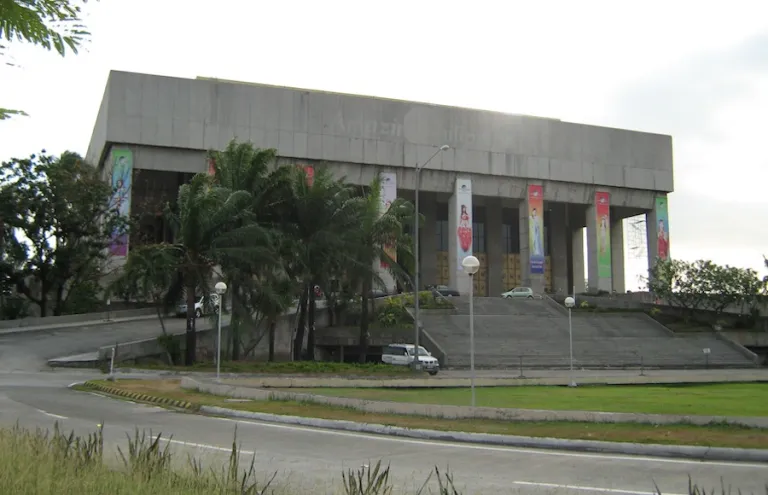
Among this list of , Manila Film Center is by far the (relatively) newest. This Parthenon-inspired building is infamous for being a project of then-First Lady Imelda Marcos, as a venue for the 1982 Manila International Film Festival. Amid rushed construction, a portion of the upper floor collapsed, leaving an unknown number of workers buried in wet cement.
Up to this day, allegations remain that the bodies were dismissively paved over, in order to meet the deadline. (After all, this building was meant to impress foreign guests.) So, is it even a surprise that there are visitors who claim to have heard wailing sounds and screams of suffering — possibly from the workmen buried alive?
8. Mount San Cristobal – Laguna and Quezon
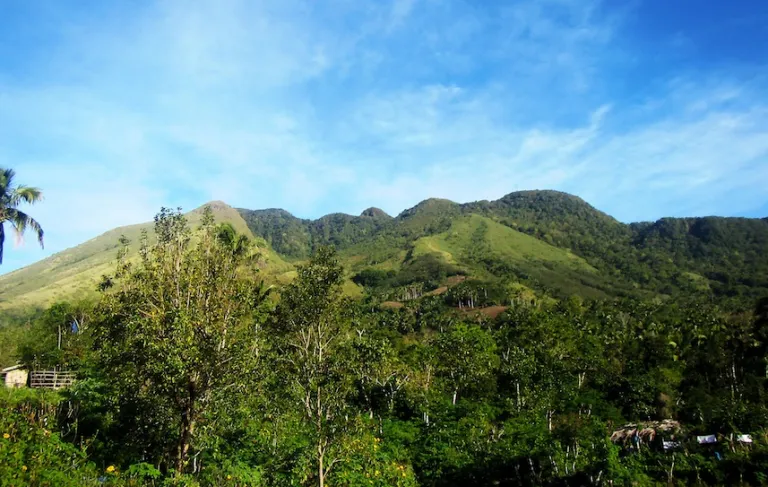
Mount San Cristobal is a dormant volcano that sits between the borders of San Pablo, Laguna and Dolores, Quezon. It’s also right next to the more popular Mount Banahaw, which some Filipinos consider a sacred place. However, Mount San Cristobal is believed to be the exact opposite, with its eerie moniker as the ‘Devil’s Mountain.’
Legend has it that Mount San Cristobal is home to malevolent spirits, as well as a mythological creature that locals call the Tumao, sort of like a local version of a Sasquatch (or Bigfoot). Other chill-inducing tales range from disappearance of mountaineers, to those falling to their deaths after following the voices of ‘children.’ Oh, and did we mention that it has been closed indefinitely since 2016? Pretty creepy stuff, we know.
9. Maanghit Cave – Libertad, Antique
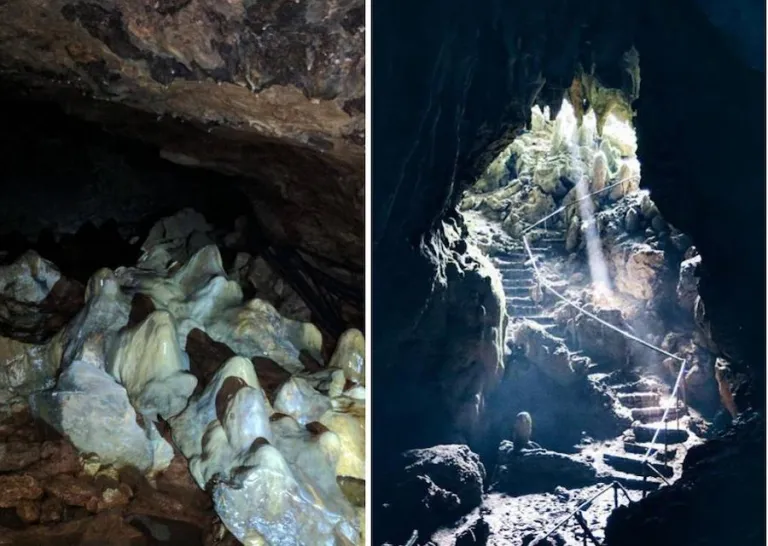
If you really have to ask, Maanghit Cave was named as such due to its accumulated guano (bat droppings) — i.e., the first thing you’ll smell right from the entrance. It’s open to all spelunkers, but you’ll be required to visit with a guide. Trust us, you’ll need one in order to navigate the many alien-like formations. Furthermore, local folklore has it that harmless fruit bats aren’t the only inhabitants of this cave… but also actual blood-sucking creatures!
10. Balay Negrense – Silay, Negros Occidental
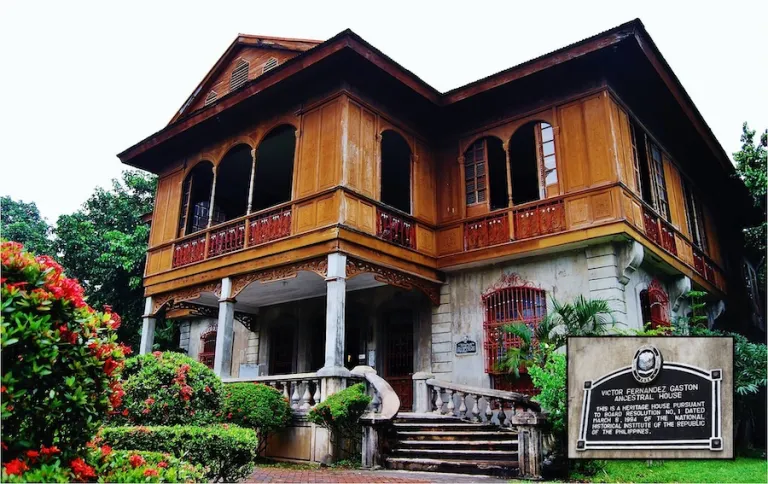
Balay Negrense, otherwise called the Victor Gaston Ancestral Home, is a museum that offers a glimpse of the said sugar baron’s lifestyle during the late-1800s. It’s also known for being the first ever museum in the province of Negros Occidental. But before all that, it was the home of the Negrense tycoon and his 12 children from 1901 until his death in 1927.
With its charming old-world facade, this heritage site looks something straight out of a Spanish Era-set teleserye… or a good ol’ Pinoy horror movie. In fact, some visitors claim to have felt a supernatural presence inside the house. Two popular scary tales include ghosts appearing among the mirrors and its former inhabitants ‘partying’ in the ballroom late at night.
Also read: Occidental-ly in Love: 10 Things to Do in & Around Bacolod, the City of Smiles
11. Casa Gorordo Museum – Cebu City
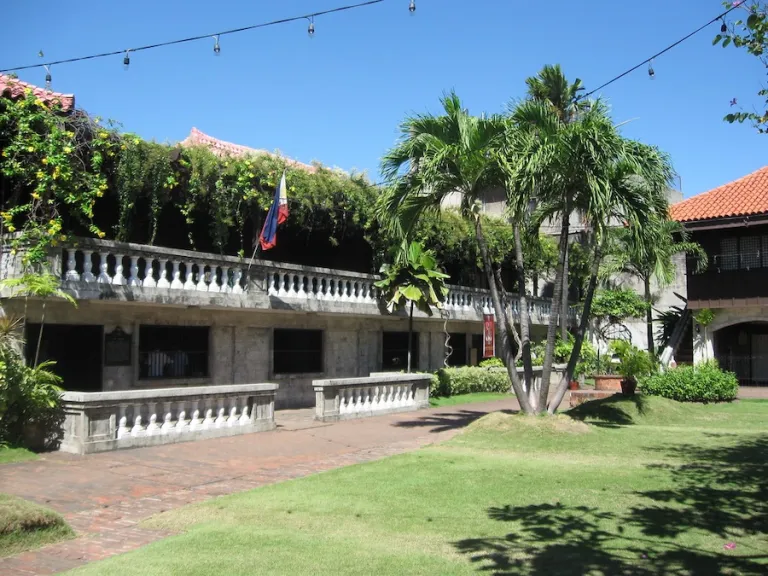
Casa Gorordo used to be the residence of Juan Gorordo, a.k.a. the first Filipino bishop in the country. He died in the master’s bedroom sometime in December 1934. Now, the manor serves as a historical landmark and museum, showcasing the lifestyle of wealthy Cebuanos during the Spanish period.
Through the years, there have been accounts from both staff and visitors seeing apparitions. And no, it’s not the ghost of the Bishop but rather, one of his sisters! Having died a spinster, she is said to be sitting at the courtship area of the house, in front of the private chapel.
12. Museo Sugbo – Cebu City
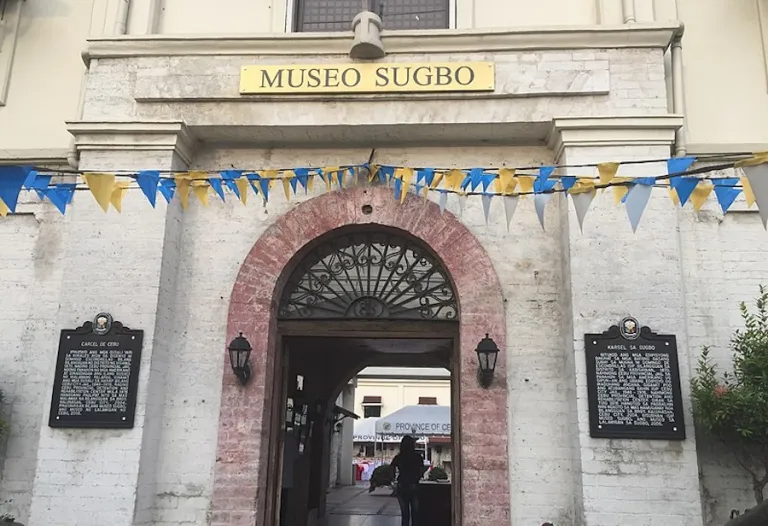
Before being what it is now, Museo Sugbo used to be a provincial jail; it traces its roots all the way to the Spanish period, where many Katipuneros were imprisoned. It was also used as a prison by Japanese soldiers during World War II, and then later on, by the provincial government of Cebu. In 2004, it was finally repurposed into a museum.
Given its centuries-old history, it’s no surprise that many claim that Museo Sugbo is haunted. For instance, in the middle of renovations, some staff reported seeing strange figures — some clad in Japanese clothing — walking around and then vanishing into thin air!
13. Old Enchanted Balete Tree – Lazi, Siquijor
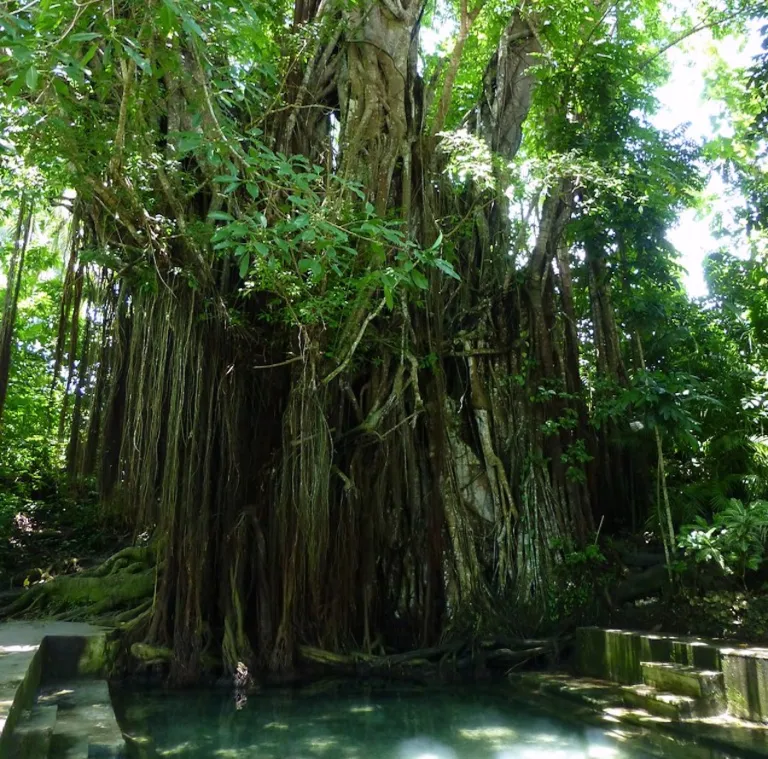
Through the years, the island of Siquijor has had quite the rep for being one of the ‘scariest’ places in the Philippines. This usually stems from its air of mysticism and mystery, which all the more attracts travellers. In fact, some inhabitants are said to shamans and sorcerers (some good, some not so)!
Among its famous attractions is the 500-year-old balete tree in the town of Lazi. Not only is it the oldest and largest one in Siquijor, but it’s also believed to be the home of supernatural creatures like the diwata, dwende, kapre, and engkanto. What’s more, you’ll find a natural spring flowing from underneath the tree into the man-made pool. Though, the exact source of the water remains unknown!
Also read: 10 Reasons Why You Will NEVER Want to Go to Siquijor
14. General Moncado White House – Samal Island, Davao del Norte
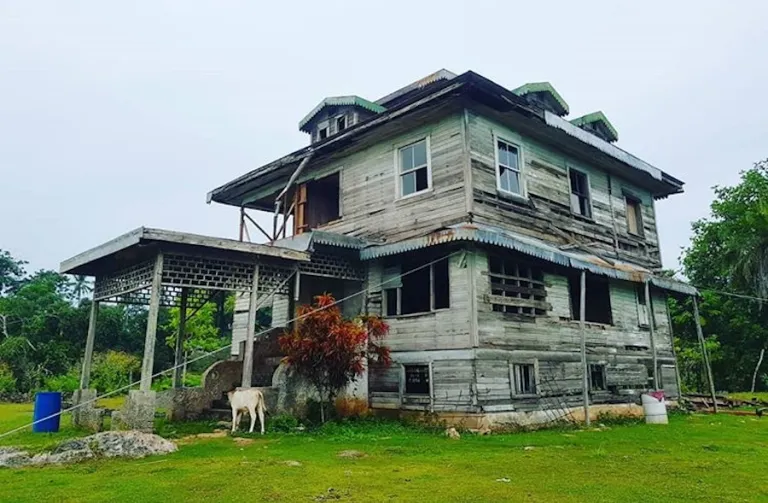
All the way down the southern part of the country lies another famous haunted house: the General Moncado White House. It’s one of the oldest houses in Davao region, formerly belonging to Hilario Moncad, a mystic and political activist. His followers were called Moncadians, a religious sect particularly noted for eating only raw and uncooked food with no fish and meat.
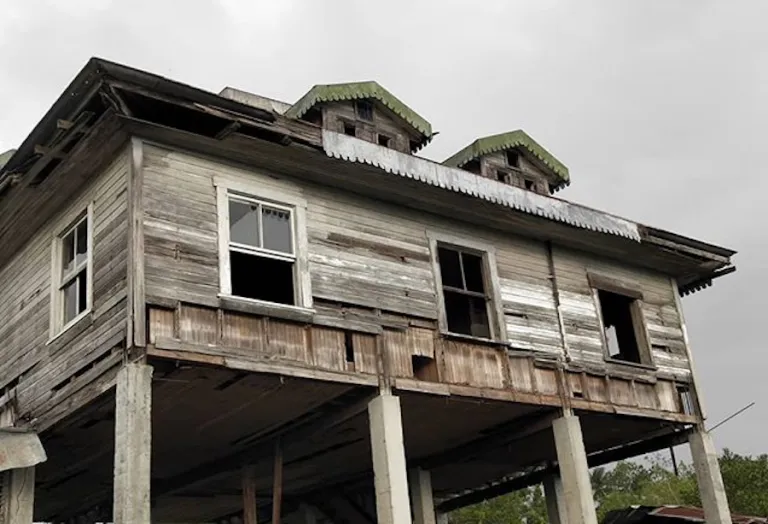
Back in the day, many Moncadians resided in this ancestral house. Nowadays, it serves as a tourist attraction for those interested in the mysterious and spooky. In fact, some paranormal investigation groups claim to have seen a ‘white lady’ and a man in balls and chains roaming around late at night.
Fun fact: Moncado ran for President in the 1946 Elections, but ultimately lost to Manuel Roxas.
Also read: 8 Spooky Destinations Around the Philippines for Your Halloween Getaway
While all these scary places in the Philippines are open to the public, it’s important to remember to travel responsibly by respecting the area you’re visiting. This includes basic respect such as refraining from littering and being loud or rowdy (no matter how excited you are).
Finally, regardless if you actually do believe the supernatural stories about the place or not, it’s important to be respectful of local customs and traditions. And while you’re at it, perhaps say a prayer for the supposedly wandering souls, too?
Published at
About Author
Marcy Miniano
Subscribe our Newsletter
Get our weekly tips and travel news!
Recommended Articles
10 Bantayan Island Resorts, Hotels, and Rentals for Your Tropical Escape 10 Best Mountain Cafes in the Philippines for Your Peak Coffee Experience Coffee date on the mountains, anyone?
10 Commandments for Responsible Travel Flexing Spread the good word!
10 Fairytale Castles In Europe Filipinos Need To See! Permission to feel like royalty even for a day?!
10 Family Outing Ideas in Metro Manila Under ₱500 Looking for a weekend bonding with the family under ₱500? Head to these places, pronto!
Latest Articles
Dingalan Travel Guide: Nature Spots to Discover Now Underrated coastal gem in Aurora
What to Eat in Bicol: Iconic Dishes and Treats, and Unique Pasalubong You’ll Love Spice up your foodie adventure with iconic Bicol dishes and must-try pasalubong!
Top Travel Trends in the Philippines for 2025 New spots, tips, and trends
New UK Adventure Park to Visit in Devon and Cornwall Fun countryside escape near London
Ultimate Camarines Norte Travel Guide: Waterfalls, Beaches, and More From surfing to secret waterfalls, Camarines Norte is your next escape!

